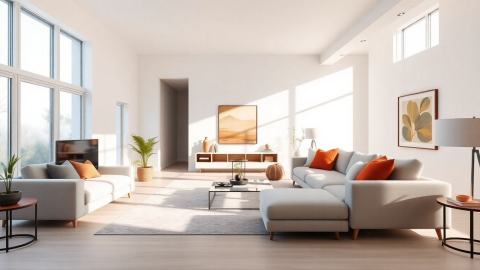Howzy to Get Into Interior Design: A Comprehensive Guide to Launching Your Creative Career Title
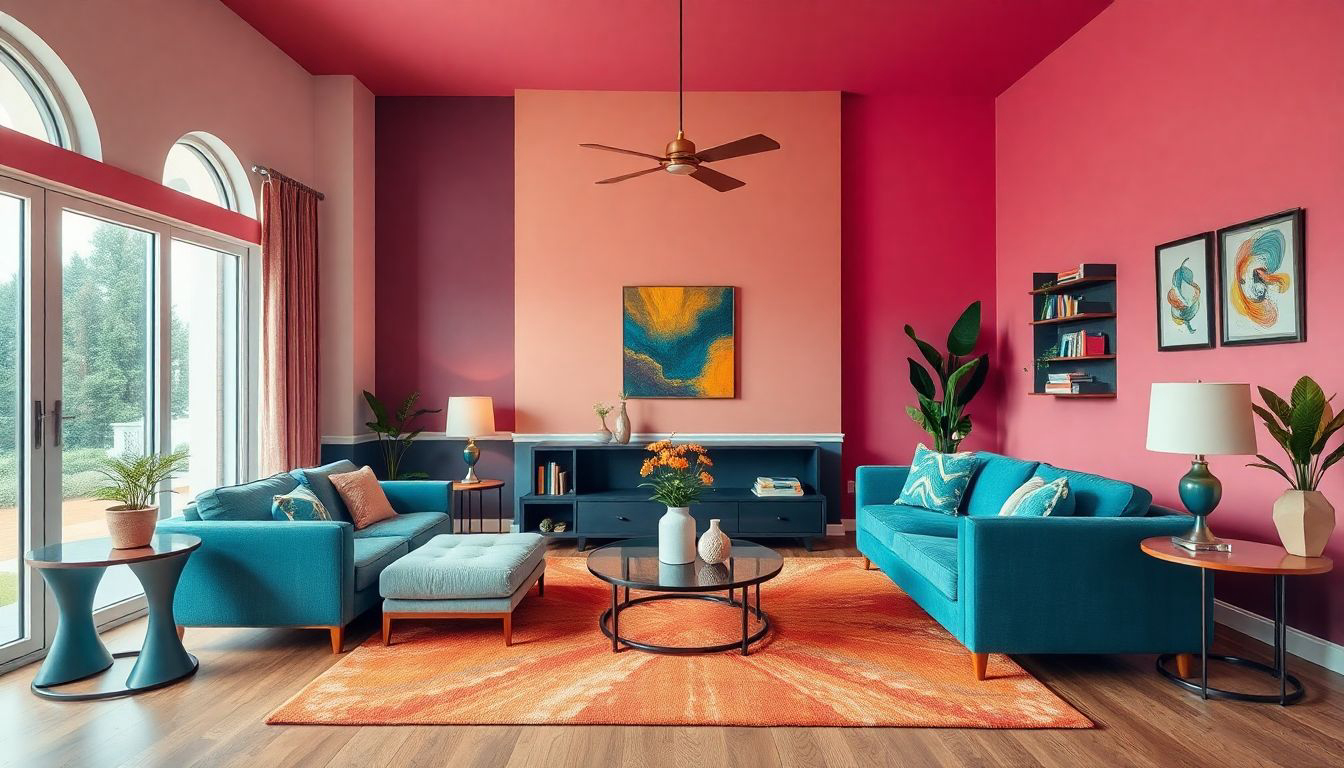
Have you ever walked into a room and felt instantly captivated by its ambiance? Or perhaps you've found yourself constantly rearranging furniture and experimenting with color schemes in your own space? If so, a career in interior design might be your calling. The world of interior design is a fascinating blend of creativity, technical skill, and business acumen that allows professionals to transform living and working spaces into functional works of art. With the industry projected to grow and revenues expected to reach approximately 12 billion U.S. dollars by 2018, now is an exciting time to consider this rewarding career path.
In this comprehensive guide, we'll explore the essential steps and skills needed to break into the world of interior design, from education and certification to building a portfolio and navigating the competitive job market. Whether you're a recent graduate, a career changer, or simply someone with a passion for creating beautiful spaces, this article will provide you with the insights and strategies you need to launch your journey into the dynamic field of interior design.
Understanding the Role of an Interior Designer
Before diving into the specifics of how to become an interior designer, it's crucial to understand what the job entails. Interior designers are far more than just decorators; they are skilled professionals who combine creativity with technical knowledge to create functional and aesthetically pleasing spaces.
The Scope of Interior Design
Interior designers work on a variety of projects, from residential homes to commercial spaces like offices, hotels, and restaurants. They are involved in every stage of the design process, including:
- Space planning and layout
- Selecting color schemes and materials
- Choosing and arranging furniture and accessories
- Coordinating with architects, contractors, and other professionals
- Ensuring compliance with building codes and regulations
- Managing budgets and timelines
As Sophie Conran, an award-winning English interior designer, puts it, "Thinking about how a room is going to make you feel is essential. That is what good interior design does. It's about creating an atmosphere."
Essential Skills for Success in Interior Design
To thrive in the competitive world of interior design, you'll need to develop a diverse set of skills that go beyond just having a good eye for color and style. Here are some of the key abilities that successful interior designers possess:
1. Creativity and Attention to Detail
At the heart of interior design is the ability to envision and create spaces that are both beautiful and functional. This requires a strong creative vision coupled with meticulous attention to detail. You'll need to be able to see both the big picture and the small elements that bring a design to life.
2. Technical Knowledge
While creativity is crucial, it's equally important to have a solid understanding of technical aspects such as:
- Architectural principles
- Building codes and regulations
- Computer-aided design (CAD) software
- Materials and construction methods
As Conran advises, "Getting some sort of grounding in architectural interior design is a very good thing to do. You need to learn to do things like scale drawings and maths is very important too. It's not all choosing lovely curtains and fabrics!"
3. Communication and Interpersonal Skills
Interior designers work closely with clients, contractors, and other professionals. Strong communication skills are essential for:
- Understanding and interpreting client needs and preferences
- Presenting design concepts effectively
- Collaborating with team members and stakeholders
- Managing client expectations and relationships
4. Business Acumen
Many interior designers work as freelancers or run their own businesses. Having a good understanding of business principles, including marketing, finance, and project management, can be crucial for success in the field.
5. Adaptability and Trend Awareness
The world of design is constantly evolving, and successful interior designers need to stay ahead of the curve. This means being able to:
- Identify and predict design trends
- Adapt to changing client preferences and market demands
- Incorporate new technologies and sustainable practices into designs
6. Problem-Solving Skills
Every design project comes with its own set of challenges. The ability to think creatively and find innovative solutions to problems is a valuable asset in this field.
Pathways to Becoming an Interior Designer
Now that we've covered the essential skills, let's explore the various paths you can take to become an interior designer.
Formal Education
While it's possible to enter the field without formal education, most interior design firms require designers to hold at least a bachelor's degree. Here are some educational options to consider:
- Associate's Degree: A two-year program that provides a basic foundation in interior design principles.
- Bachelor's Degree: A four-year program that offers comprehensive training in design theory, technical skills, and business practices.
- Master's Degree: An advanced degree for those looking to specialize or move into leadership roles in the industry.
When choosing a program, look for those accredited by the Council for Interior Design Accreditation (CIDA), as this can be important for licensure and credibility in the field.
Gaining Experience
Education is just the beginning. To build a successful career in interior design, you'll need to gain practical experience. Here are some ways to do that:
- Internships: Many design firms offer internships that provide valuable hands-on experience and networking opportunities.
- Apprenticeships: Working under an experienced designer can help you learn the ropes and develop your skills.
- Pro Bono Projects: Offering your services for free to friends, family, or non-profit organizations can help you build a portfolio and gain real-world experience.
As interior designer Sarah Ferenz advises, "While studying interior design, I interned at a staging company during the summers and holidays for 3 years. I loved it because it gave me the quick satisfaction of seeing a project come together right before my eyes."
Certification and Licensure
Depending on where you plan to work, you may need to obtain certification or licensure. The most recognized certification in the field is the National Council for Interior Design Qualification (NCIDQ) exam. To be eligible for the exam, you typically need:
- A bachelor's degree in interior design
- Two years of full-time work experience
Some states require interior designers to be licensed, especially for work on commercial projects. Be sure to research the requirements in your area.
Building Your Portfolio and Brand
In the visual world of interior design, your portfolio is your calling card. It's essential to create a strong portfolio that showcases your best work and demonstrates your unique style and approach. Here are some tips for building a standout portfolio:
- Include a variety of projects that highlight different styles and types of spaces
- Use high-quality photos that accurately represent your work
- Include before-and-after shots to demonstrate the impact of your designs
- Showcase your process, including sketches and mood boards
- Consider creating both a physical and digital portfolio
In addition to your portfolio, building a strong personal brand can help you stand out in the competitive design industry. This might include:
- Developing a professional website
- Maintaining an active presence on social media platforms like Instagram and Pinterest
- Networking with other designers and industry professionals
- Attending design events and trade shows
Navigating the Job Market
Breaking into the interior design industry can be challenging, but with persistence and the right approach, you can find success. Here are some strategies for landing your first design job:
- Network, network, network: Build relationships with other designers, suppliers, and industry professionals.
- Consider starting small: Look for entry-level positions or assistant roles to gain experience.
- Be open to different types of design work: You might start in retail design or staging before moving into residential or commercial design.
- Stay current with industry trends: Subscribe to design magazines, follow design blogs, and attend industry events.
- Be persistent: The job search process can take time, but don't get discouraged.
Remember, as interior designer Vicente Wolf said, "I trained myself to do scale drawings, to do all the things required to be able to execute a job. I was an assistant for somebody and saw the pitfalls first-hand; I learned to go to the marketplace and what it took to produce and put a job together."
Embracing Continuous Learning and Growth
The field of interior design is constantly evolving, and successful designers are those who commit to lifelong learning. Stay up-to-date with the latest trends, technologies, and sustainable practices by:
- Attending workshops and seminars
- Pursuing additional certifications in specialized areas (e.g., kitchen and bath design)
- Joining professional organizations like the American Society of Interior Designers (ASID)
- Collaborating with other designers and professionals in related fields
Conclusion: Crafting Your Path in Interior Design
Embarking on a career in interior design is an exciting journey that combines creativity, technical skill, and business acumen. While the path may not always be straightforward, with passion, dedication, and the right skills, you can build a rewarding career transforming spaces and enriching people's lives through design.
Remember that success in interior design often comes from a combination of formal education, practical experience, and a willingness to continually learn and adapt. As you begin your journey, stay curious, be open to new experiences, and don't be afraid to take risks and make mistakes – they're all part of the learning process.
Whether you're drawn to residential interiors, commercial spaces, or specialized areas like sustainable design, the field of interior design offers a wealth of opportunities for those with vision and determination. So take that first step, start building your skills and portfolio, and get ready to make your mark in the world of interior design.
References and Further Reading
- How to Get Certified as an Interior Designer | DoItYourself.com
- How To Become An Interior Designer | LearnHowToBecome Careers
- How to Become an Interior Designer | MYMOVE
- Want the best job in the world? Here's how to become an Interior Stylist – Sophie Robinson
- 8 Top Interior Designers Who Were Self-Taught
- Launching an Interior Design business without an interior design degree- what no one will tell you
- How to Become an Interior Designer & Live a Life of Passion w/ Sarah Ferenz
- Myths About Becoming An Interior Designer - Online Interior Design School
- Become a Designer: We will show you how to become an interior designer with easy to follow steps!
- Become a Residential Interior Designer: Career Guide
- 6 Skills for Becoming an Interior Designer | Success Stories
- Top 10 tips for being a successful interior designer
More Articles
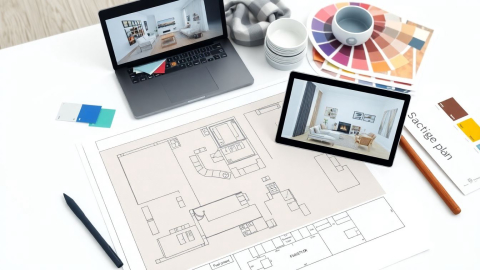
How to Start an Interior Design Business: A Comprehensive Guide for Aspiring Entrepreneurs
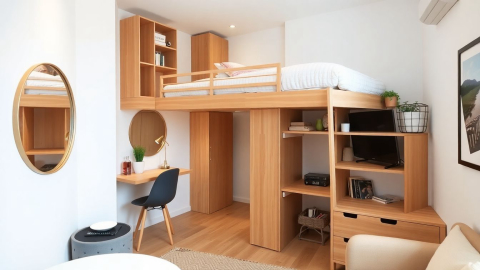
Maximizing Style and Function in Small Room Design: Expert Tips for Compact Living
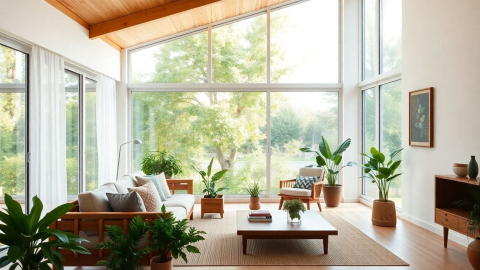
Biophilic Interior Design: Nurturing the Human-Nature Connection in Modern Spaces
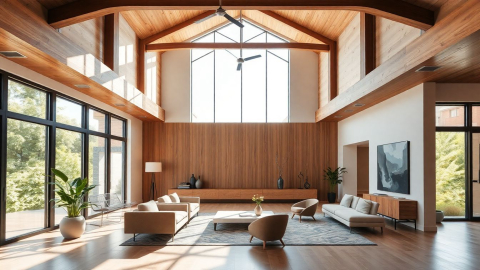
New York School of Interior Design: Shaping the Future of Aesthetics and Functionality
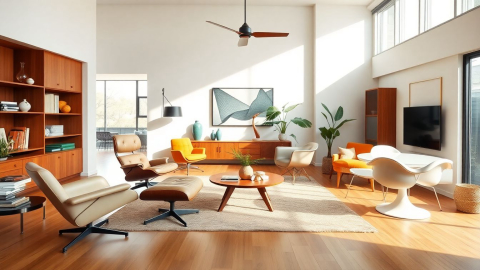
The Timeless Allure of Mid-Century Modern Interior Design: A Comprehensive Guide
